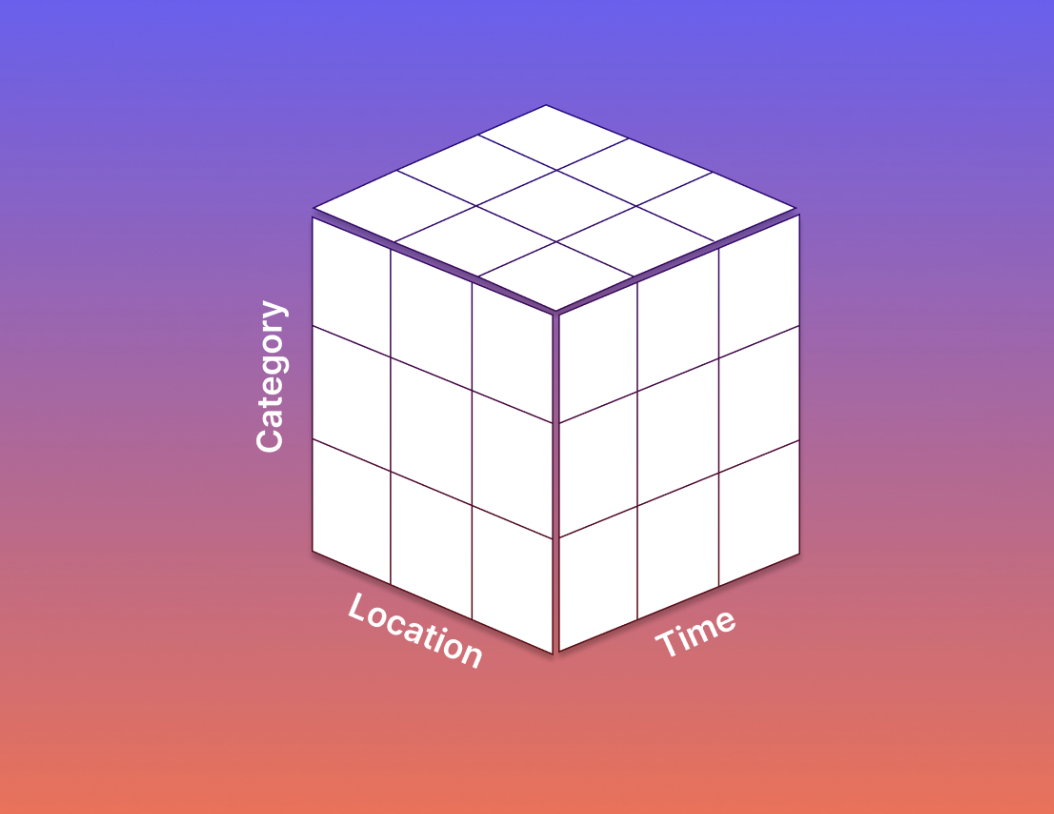The complexity of the data domain lies in the fact that there have always been four distinct personas to serve: the coding engineer, the coding analyst/scientist, the non-technical power business user, and the casual business user.
These personas each have unique needs:
- The data engineer ingests and produces raw data assets.
- The coding analyst/data scientist plays a hybrid producer/consumer role, with direct code-native access to manipulate data for various use cases. As a result, higher-level frameworks and specialized tools have often been less relevant for this persona.
At the other end, the casual business user heavily relies on the coding analyst or the power business user. They care mostly about the narrative, the conclusions, and actions to take. They interact with data infrequently, often through simplified charts in decks. The question remains: have they been under-served, making them more casual users, or has their casual engagement led to being under-served?
The business power user, situated in the middle, is the lynchpin driving data cultures within organizations. This persona benefits most from advancements and frameworks, especially those that make their workflows faster and more powerful.
For example, semantic layers like LookML in a tool like Looker, while set up by engineers or analysts, have been most beneficial for power users. Similarly, new experimentation tools were initially adopted by PMs who were already heavy data users. The rise of spreadsheet-based UIs in reporting tools is also catering to this persona.
The metric trees framework we’re investing in, along with the algorithms and automation, will serve this power user audience first. However, it also provides a bridge by offering clear, actionable insights that can be understood and utilized by casual business users.







